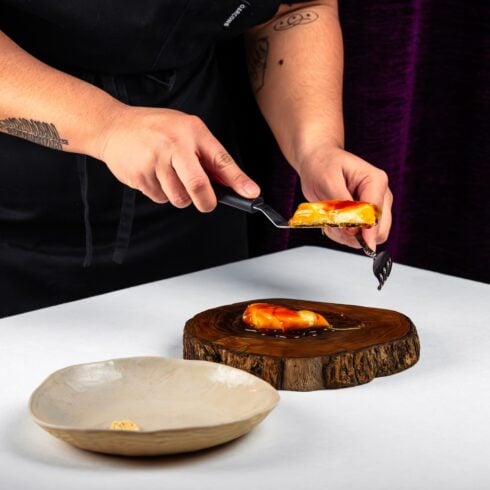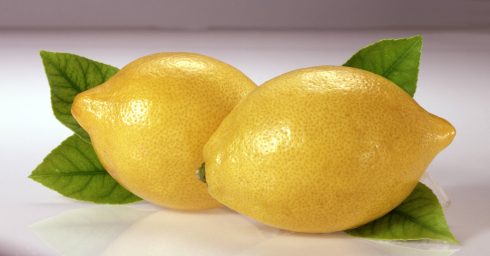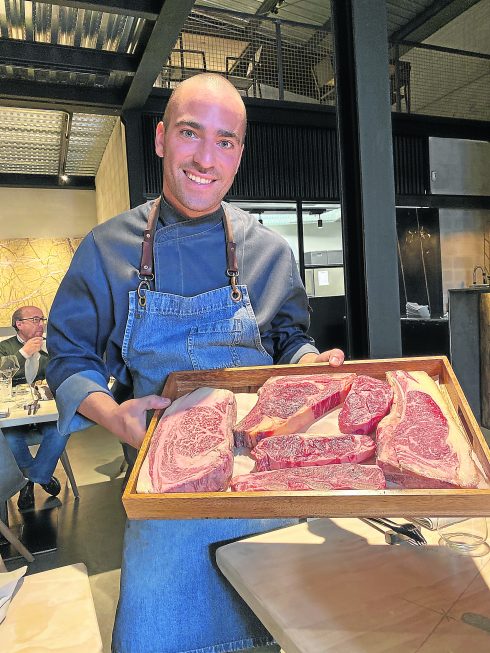FOR some of us, navigating our way around the wine section can be a daunting task.
With so many amazing Spanish varieties, how are we supposed to know which is the best tipple?
Are screw caps a no go? Does age matter and price count? And what about how deep the ‘dimple’ of the bottle is? Confusion makes for pour choices!
So in perfect time for Christmas, we sought the advice of the wine experts – in vino veritas – to decode the myths and help you find a drink that exceeds all your grape expectations.

Legs = Better quality
People like to swirl their wine and look at how many droplets – or ‘legs’ – ooze down the side of the glass. The bigger the legs, they say, the better the quality. WRONG.
As Adrian Smith, a wine blogger points out: “In actual fact it’s just a higher concentration of alcohol resulting in the leftover wine sliding down the glass at a slower pace, nothing more.”
Screw caps = poor quality
Screw caps have long been looked down upon as cheap plonk.
But although nothing is quite as satisfying as that lovely ‘pop’ as the cork slides free from the bottle, it doesn’t mean the wine is of any better quality.
David Moore, who owns Michelin-starred restaurant Pied a Terre in London, says: “The one great advantage of a screw top is that the wine can’t be corked. This is when the wine is infected and takes on a very mouldy smell and taste. That can’t happen with a screw top.”
A silver spoon keeps bubbly fresh
Rumour has it that putting a silver spoon, handle first, into the neck of a champagne bottle will preserve its fizz.
You guessed it, that doesn’t work either.
The best method is to use a stopper with a vacuum seal.
Expert Robin Copestick says: “Keep it cold – it’s more likely to retain some of its fizz and will still be drinkable for a day or two.”
You get what you pay for
Supermarket plonk may not match up to bottles that cost hundreds of euros each, but it doesn’t follow that the more you pay, the better the wine is.
Experts advise that spending around €12-15 will give you the best quality/value ratio.
Old wine = better quality
Just because a wine is old, doesn’t mean it will taste good.
Expert Peter Mitchell explains: “Whilst a small percentage of wine does age well, the vast majority of wines today have been made to be ready to drink on release and will not benefit from ageing.
“Most will keep for a few years if stored properly but few will be as good, let alone have improved.”
Red wine doesn’t go with fish
Sure, some white wines pair beautifully with fish, but it’s not a blanket rule that red wine can’t go with white flesh.
It all depends on what fish you are eating.
Experts say a pan-fried salmon pairs wonderfully with a Californian pinot noir, while a meaty swordfish goes down great with a glass of Merlot.
No whites with red meat
Red wine and juicy steak are a marriage made in heaven but that’s not to say red meat and white wines should never pair up.
As expert Smith explains: “You’d be surprised what a generously oaked Chardonnay can do when put side by side with a juicy chunk of meat.
“The rich flavours sit beautifully alongside one another and create a fantastically mouth-watering pairing.”
Click here to read more Spain News from The Olive Press.








